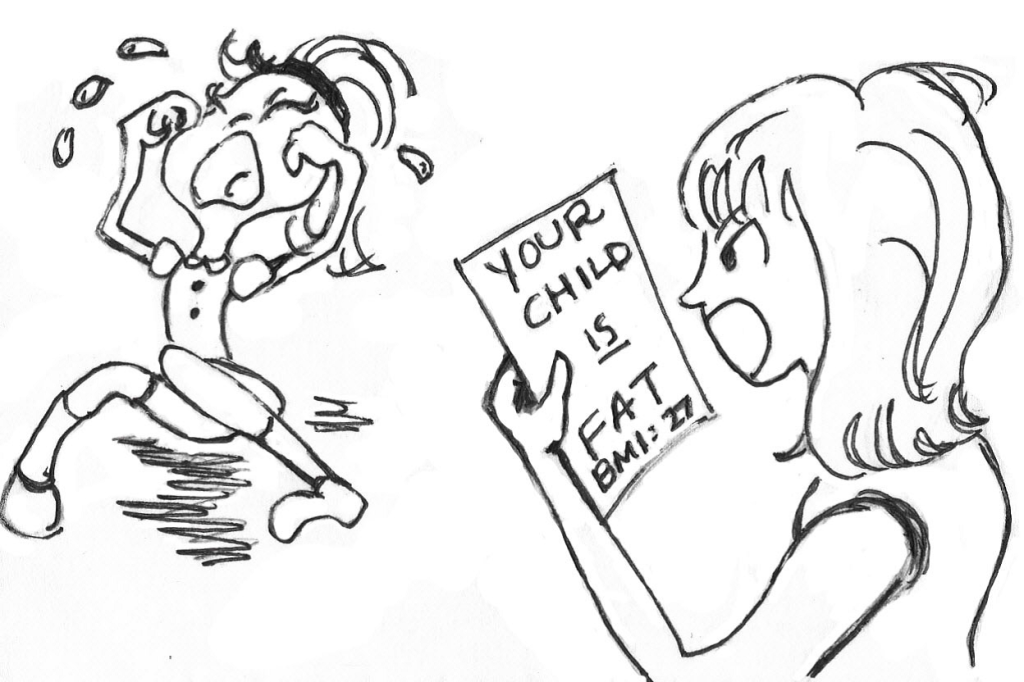“Fat Letters” Cause Concern and Create More Health Problems
October 17, 2013
As of Sept. 24, 2013, some schools have been sending home “fat letters” that notify families of whether or not their child is healthy or obese. Certain schools in 19 states, including California, have started sending home these letters that tell parents of their children’s body mass index (BMI).Every year, students’ heights and weights are measured at school to determine their BMI. Then, schools send these documents to their parents, warning them that their child may be obese. These letters are called “healthy or unhealthy letters”, but are more commonly known by students as “fat letters.” These schools must stop sending these obesity letters home in order to prevent an increase in bullying and self-image issues.
Schools claim that these papers are beneficial to the parents and students. However, school is currently stressful enough without these children being concerned about their weight. Claire Mysko, the director of the National Eating Disorders Association, believes these letters can trigger eating disorders at a very young age. There is already enough pressure on children to be skinny without these “fat letters.” In fact, ABC News reports that 40 percent of nine and ten year old girls have already been on a diet, and 60 percent of children between the ages of six and twelve are worried about their weight. One of the most disturbing facts about these “fat letters” is that a San Fernando Valley preschool sent parents these letters, according to CNN. To avoid contributing to the rise of eating disorders among children, these schools cannot send these letters home.
Some officials from Massachusetts’ Department of Public Health state that these letters can help prevent obesity by raising awareness, but there are more effective ways to achieve this objective. Using the school’s method of sending home letters can lead to bullying, self-esteem issues, and eating disorders. If these institutions had mandatory classes that explained the dangers of obesity and the importance of eating healthy and exercising, there would be fewer negative effects. This method would also avoid singling out students and sending them “fat letters.” The way in which schools determine if a student should receive a letter is faulty, as these letters are based solely on the student’s BMI. It is a flawed method to determine if someone is obese because it is just based on a weight to height ratio. Researchers from the University of Toronto have determined that BMI cannot accurately differentiate between muscle and fat. Therefore, it is an inaccurate measure of a child’s health.
Although there needs to be a change in obesity amongst youth, these letters have too many negative consequences to justify their objective. There are much more practical ways to address the issue of obesity. Schools must stop sending home letters based on that one inaccurate number immediately. If they do not, it will surely lead to more problems in students’ health.






















